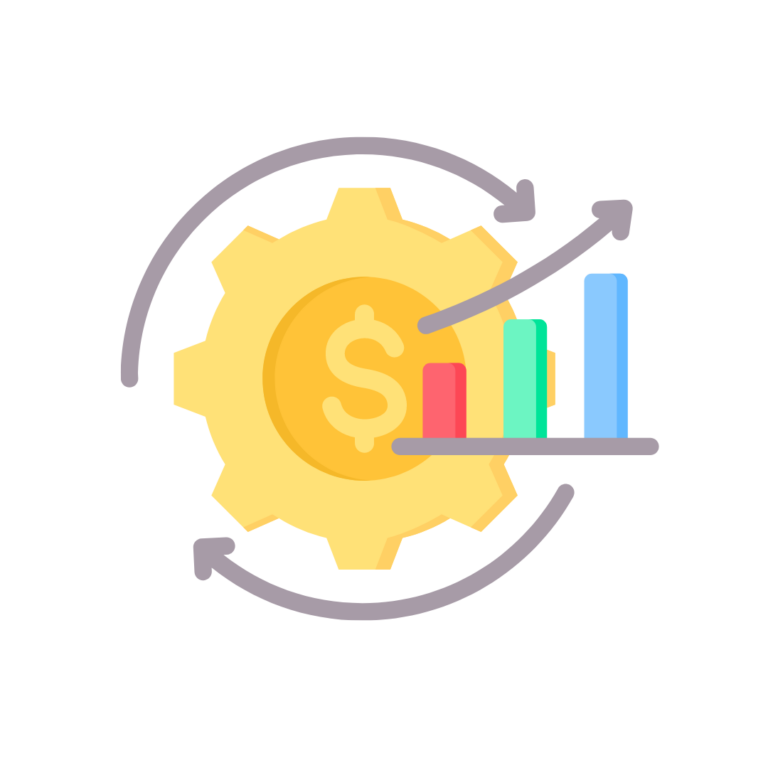What is Growth Hacking?
Growth hacking is not just a buzzword—it’s a mindset, a philosophy, and a set of strategies aimed at achieving exponential growth in a short period. At its core, growth hacking is about leveraging data, creativity, and technology to identify scalable growth opportunities and execute targeted experiments to drive results.
- Data-Driven Approach: Growth hacking is deeply rooted in data analysis and insights. By leveraging data from various sources, including user behavior, market trends, and competitor analysis, growth hackers identify opportunities for growth and optimization.
- Creativity and Innovation: Growth hacking thrives on creativity and out-of-the-box thinking. It involves experimenting with unconventional tactics and approaches to achieve growth objectives, often bypassing traditional marketing channels.
- Iterative Experimentation: Growth hacking is a process of continuous experimentation and iteration. Growth hackers test various hypotheses, measure results, and refine strategies based on data-driven insights, allowing for rapid adaptation and optimization.
Effective Growth Hacking Tactics
While the specific tactics employed in growth hacking may vary depending on the industry and business model, several strategies have proven to be highly effective in driving rapid growth:
- Viral marketing: Viral marketing is a cornerstone of growth hacking, leveraging social sharing and word-of-mouth to achieve exponential growth. By creating highly shareable content or incentivizing referrals, businesses can rapidly expand their reach and acquire new customers organically.
- Product-Led Growth: Product-led growth focuses on building products that inherently drive user acquisition, activation, and retention. By designing products with built-in virality, scalability, and ease of adoption, businesses can accelerate growth through user-driven expansion.
- Conversion Rate Optimization (CRO): CRO is about maximizing the efficiency of every touchpoint in the customer journey. By optimizing landing pages, email campaigns, and checkout processes, businesses can increase conversion rates and drive more value from existing traffic.
- Growth Loops: Growth loops are self-reinforcing systems that drive exponential growth through a continuous cycle of acquisition, activation, retention, and referral. By identifying and optimizing key loops within their business model, companies can achieve sustained and scalable growth.
Implementing Growth Hacking Strategies
To effectively implement growth hacking strategies and achieve sustainable growth, businesses should follow a structured approach:
- Identify Growth Opportunities: Start by conducting a comprehensive analysis of your business, target market, and competitive landscape to identify growth opportunities and potential bottlenecks.
- Set Clear Objectives: Define clear and measurable growth objectives, such as increasing user acquisition, improving retention rates, or boosting revenue. Establish key performance indicators (KPIs) to track progress and measure success.
- Develop Hypotheses: Based on your analysis, develop hypotheses for potential growth experiments. Prioritize experiments based on their potential impact, feasibility, and resource requirements.
- Execute Experiments: Implement experiments to test your hypotheses, leveraging A/B testing, multivariate testing, and other data-driven methodologies. Measure results rigorously and iterate based on insights gained from experimentation.
- Scale Successful Tactics: Once you’ve identified successful growth tactics, scale them across your organization and integrate them into your long-term growth strategy. Continuously monitor performance and iterate based on evolving market dynamics.
In conclusion, growth hacking represents a paradigm shift in marketing—a departure from traditional approaches towards a more data-driven, experimental, and agile mindset. By embracing the principles of growth hacking and implementing targeted strategies, businesses can achieve rapid expansion, acquire new customers, and drive sustained growth. So, don’t be afraid to think outside the box, experiment boldly, and unleash the power of growth hacking to propel your business forward.




